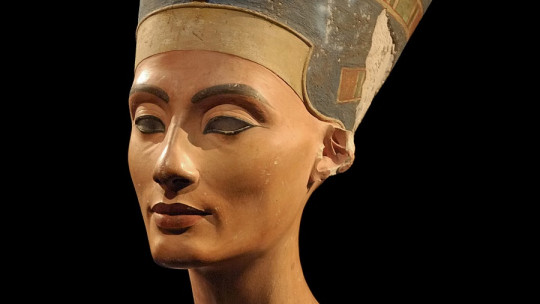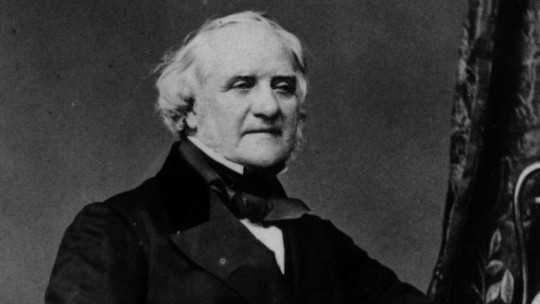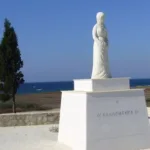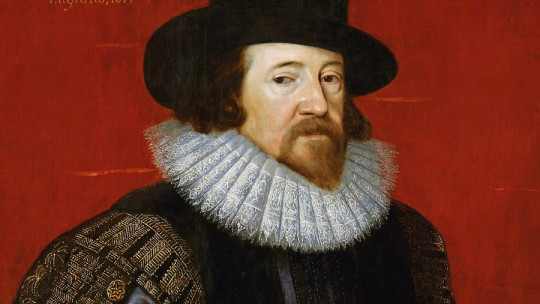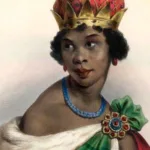In London, next to Westminster Bridge and a few steps from the British Parliament, stands an imposing bronze sculpture representing a woman in a chariot , accompanied by two girls. It is the representation of the British heroine Boadicea and her two daughters, which Prince Consort Albert of Saxe-Coburg ordered to be erected in the 19th century in honor of one of the most famous women in English history.
As is often the case with most characters whose reality is mixed with legend, the figure of Boadicea (or Boudica, as that was her original Celtic name) has been magnified and elevated to the altars of romantic historiography. She has wanted to be seen as a defender and founder of the “British homeland”, when, in truth, the concept of “homeland” is much more recent.
Anachronistic and contradictory is also the devotion that Queen Victoria felt towards her (infected by the enthusiasm of having the same name, since Boudica means victory in ancient Celtic), since, although Victoria I was the head of an empire (the British Empire), Boadicea, for her part, united the British tribes against the Roman imperial eagle.
In this article we are going to reconstruct the historical figure of Boadicea or Boudica in the most objective and realistic way possible.
Brief biography of Boadicea or Boudica, the warrior queen of the Iceni
The Roman historian Dión Cassius (3rd century), one of the main sources we have to know her history, says that she was tall and slender, and that she had very long reddish hair that fell to her hips. Her voice was harsh, and her gaze was intimidating and fierce. A torc hung from her neck, a thick horseshoe-shaped metal necklace characteristic of Celtic nobles.
He wore a tunic of striking and bright colors (used by the British Celts), and was covered with a long mantle that was attached to a beautiful fibula. That She was the queen of the Iceni people, located in the area of what is now the county of Norfolk, in England
Similar to other territories conquered by the Romans, the Britons were not united under a single king. They were made up of diverse peoples, but they shared a common language, ancient Celtic. This is why they are often called “insular Celts” in ancient sources, to differentiate them from the other Celts who lived on the continent, such as the Gauls.
Julius Caesar had already tried unsuccessfully to conquer the land of the Britons, but it was not until 43 AD, under Emperor Claudius, that the island submitted, at least in part, to the empire of Rome. And this is where we must locate the story of Boudica, “victory” in ancient Celtic, called Boadicea by the Romans.
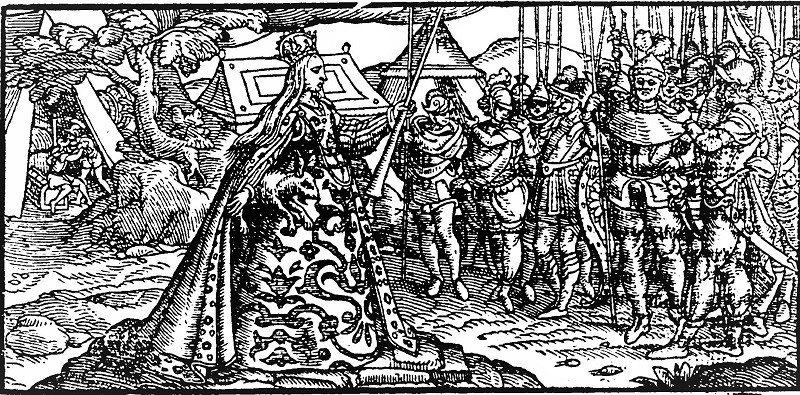
Allies of Rome
Since the original name of the character is Boudica (from the Celtic bouda, “victory”), we will maintain it throughout the article. Nothing is known about his childhood, although it is believed that he was born into a British aristocratic family. Historians calculate her date of birth around 30 AD, since, eighteen years later, we find her married to Prasutagus or Prasutagus, the king of the Iceni. Not much is known about the monarch either; It is certain that he maintained an alliance with Rome, under which the Iceni received money and military support in exchange for certain political guarantees and relative jurisdiction over the territory.
By Prasutagus, Boudica had two daughters and no sons. For Celtic society, which was more or less gender-equal, this did not represent a problem, since a king’s daughters also inherited the crown. However, another thing was the patriarchal Roman society, where inheritance was passed strictly through the paternal line. So, When Prasutagus died, Rome used the excuse of the lack of a male heir to claim the kingdom of the Iceni
After the death of the king, and according to Celtic laws, Boudica had become the queen of the Iceni, given the minority of her daughters. Rome’s demands seemed excessive to the queen, and from the beginning she flatly refused to satisfy the price that the Romans were asking. That’s when tragedy breaks out. Roman troops enter Iceni territory with sword and fire, confiscate land and property and turn the Britons into slaves. Not only that; According to Tacitus, another Roman historian, soldiers strip Boudica naked and whip her in public. Not content with that, they pass her two daughters to each other to rape them successively. The affront is too great, and Boudica is not going to forget it.
Boudica’s Revenge
Full of fury and thirsty for revenge, the queen of the Iceni summons all the British tribes under her command. Together they will march against the invader. Again according to Dio Cassius, Boudica uses his divination skills to guarantee the success of the enterprise; As the Roman historian tells it, the queen pulls out of her clothes a hare that, frightened, starts to run. Inspired by the gods, Boudica interprets the direction of her career as a good omen.
Not only that; the sovereign invokes the powerful name of Andraste, the British goddess of victory The queen’s own name, Boudica (victory), is a guarantee of triumph. There is no doubt that the coalition of British troops will crush the Roman eagle.
It is the year 60 AD, the year of the greatest uprising against Rome that has ever been and will be seen in Britain. The first objective of the troops led by the queen is Camulodunum (present-day Colchester, in the county of Essex), which was at that time an important colony of veterans of the Roman army. The Romans are devastated by the Britons, who ambush them in a place of lush vegetation and force them to flee in all directions. Boudica, then thirty years old, has achieved his first victory.
The second stage is Londinum (London), where the news of Camulodunum’s defeat has arrived, quick as wildfire. Panic spreads. The Britons are unstoppable, fierce as terrible gods, and led by an invincible queen. No sooner said than done; Londinum is also destroyed and burned. A little later, Verulamium falls. Everything seems lost for the Romans.
The final battle against the Romans
Nothing can stop the fearsome warrior queen and her soldiers. In a desperate attempt, Gaius Suetonius Paulinus, the then governor of Britain and magister militum Highly experienced, he comes to the aid of his people and raises arms to all those who want to follow him, in a desperate attempt to stop Boudica. Suetonius and the queen finally meet in the so-called Battle of Watling Street which, despite having such a specific name, has not yet been able to be precisely located.
Watling Street corresponds to the ancient Roman road that linked Londinium and Viroconium , and many historians place the historic battle at a specific point along the way. Be that as it may, this confrontation was, possibly, Boudica’s big mistake. Because it was one thing to harass the Roman troops through a kind of “guerrilla war”, and quite another to fight in the open field. There is no doubt that, in terms of military equipment and tactics, the Romans had no known rival.
Thus, the battle of Watling Street was the great defeat of Boudica, and also of Britain. Dion Cassius speaks of about 10,000 Roman soldiers compared to more than 230,000 Britons, figures that are dubious belief given the low demographic density that the island had. Most likely, the data are an artifice by the historian to give importance to the Roman victory, which occurred, according to him, in numerical inferiority.
The end of a queen
The overwhelming triumph of the Romans ended the British insurrection forever. Boudica’s dream had been extinguished; Britain once again became a Roman province.
As for the queen’s ending, there are several versions that have reached us. Dión Caso claims that, sick and defeated, she died shortly after the battle. However, in the Annals of him, Tacitus claims that he took his own life by ingesting poison, to avoid the humiliation of being displayed as a trophy in Rome An ending suspiciously similar to the one attributed to Cleopatra, by the way.
Be that as it may, the name of Boudica or Boadicea was erased from collective memory for centuries. Godfrey of Monmouth (1100-1155), who wrote a Historia Regum Britanniae (History of the Kingdom of Britain), omits it completely, although he does speak in his pages of the legendary King Arthur, leader of the Britons. Likewise, Bede the Venerable (672-735), who compiled a history of the Britons in his Historia ecclesiastica gentis Anglorum, seems to know nothing about the queen and her exploits.
The 19th century and the invention of nationalism recovered the figure of Boadicea or Boudica and elevated her to the altars, establishing her as an authentic heroine of the country. We must ask ourselves what was the true dimension of this extraordinary queen.



